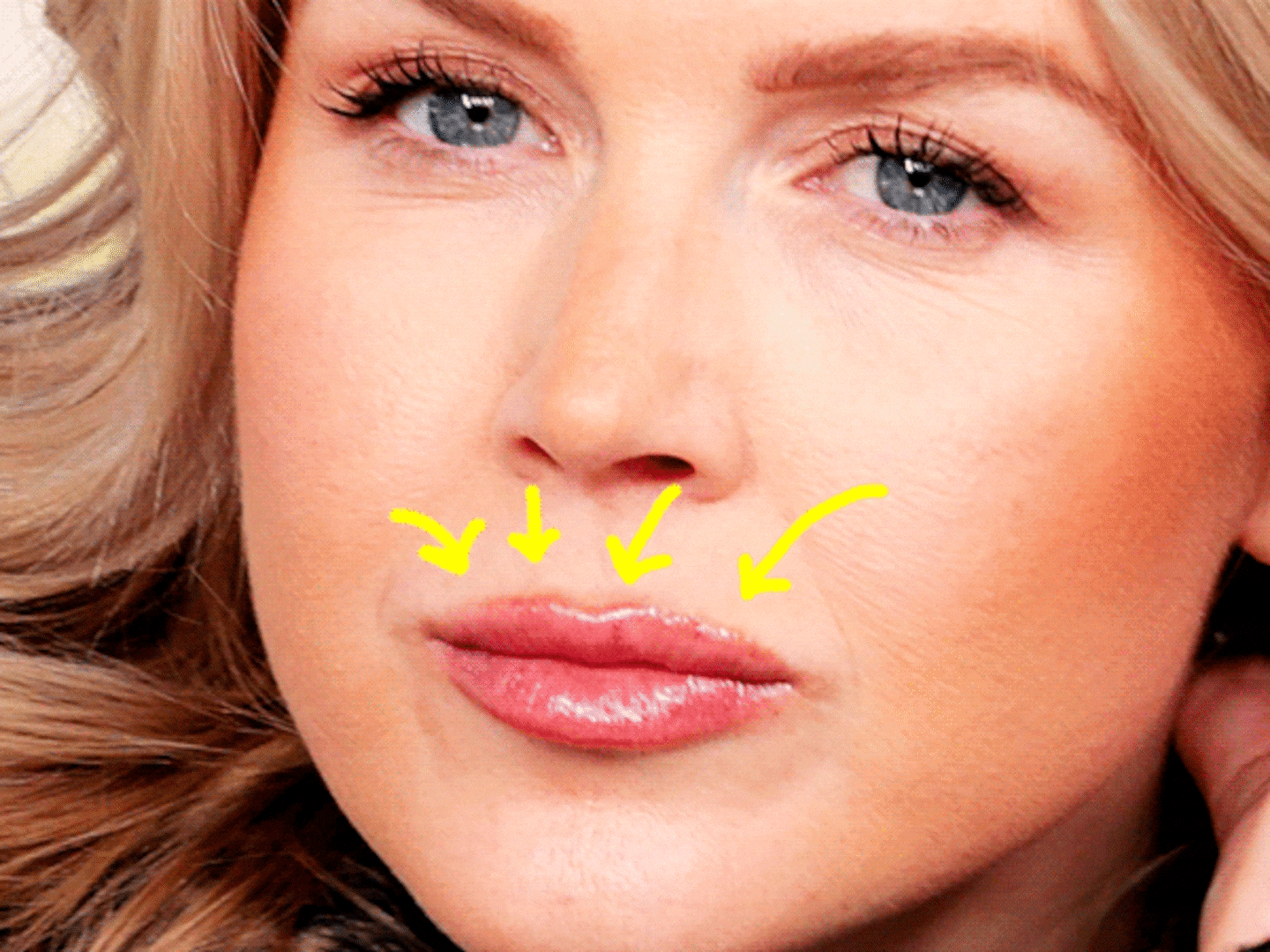On Tuesday, President Obama signed an executive order outlining policies to combat cyberattacks and cyber-espionnage on government agencies and U.S. companies. The order comes a year after the Cyber Intelligence Sharing and Protection Act (CISPA) passed the House and stalled in the Senate after massive protests from the online community, which saw the bill as a threat to Internet privacy. The executive order broadly describes how the government can build a "framework" with the private sector to share information on cyberattacks and threats, but leaves open many privacy-related questions.

To help us decipher the order, we asked Marc Rotenberg, executive director of the Electronic Privacy Information Center (EPIC), a non-private research center in Washington, to highlight the important sections and provide his own analysis.
In addition to his role at EPIC, Rotenberg teaches privacy and open government at Georgetown University Law Center. He frequently testifies before Congress on emerging privacy and civil liberties issues. He helped draft the Computer Security Act of 1987 and organized the campaign against the "Clipper" chip in 1994. EPIC is currently litigating against the National Security Agency for release of presidential directives concerning cybersecurity authority.






